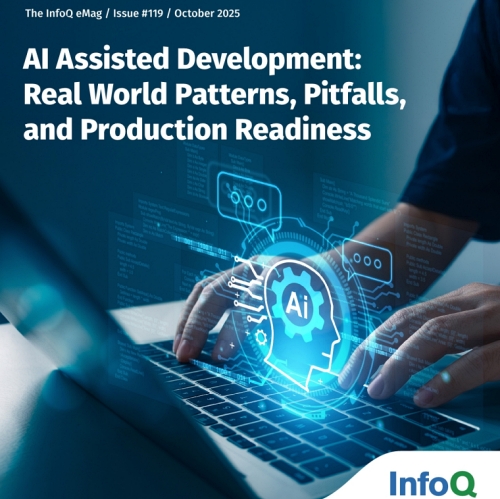Enhancing ECG Classification Robustness with Lightweight Unsupervised Anomaly Detection Filters
PositiveArtificial Intelligence
A recent study highlights advancements in ECG classification by introducing lightweight unsupervised anomaly detection filters. This innovation is crucial as it enhances the reliability of deep learning models used in continuous ECG monitoring, especially in resource-limited settings. By effectively managing Out-of-Distribution data, such as unseen pathologies, this approach promises to improve early detection of cardiovascular diseases, ultimately benefiting patient care and outcomes.
— Curated by the World Pulse Now AI Editorial System




